Archives
- 2025-11
- 2025-10
- 2025-09
- 2025-04
- 2025-03
- 2025-02
- 2025-01
- 2024-12
- 2024-11
- 2024-10
- 2024-09
- 2024-08
- 2024-07
- 2024-06
- 2024-05
- 2024-04
- 2024-03
- 2024-02
- 2024-01
- 2023-12
- 2023-11
- 2023-10
- 2023-09
- 2023-08
- 2023-07
- 2023-06
- 2023-05
- 2023-04
- 2023-03
- 2023-02
- 2023-01
- 2022-12
- 2022-11
- 2022-10
- 2022-09
- 2022-08
- 2022-07
- 2022-06
- 2022-05
- 2022-04
- 2022-03
- 2022-02
- 2022-01
- 2021-12
- 2021-11
- 2021-10
- 2021-09
- 2021-08
- 2021-07
- 2021-06
- 2021-05
- 2021-04
- 2021-03
- 2021-02
- 2021-01
- 2020-12
- 2020-11
- 2020-10
- 2020-09
- 2020-08
- 2020-07
- 2020-06
- 2020-05
- 2020-04
- 2020-03
- 2020-02
- 2020-01
- 2019-12
- 2019-11
- 2019-10
- 2019-09
- 2019-08
- 2019-07
- 2019-06
- 2019-05
- 2019-04
- 2018-11
- 2018-10
- 2018-07
-
Through the analysis of various synthetic GPR agonists as re
2022-03-11
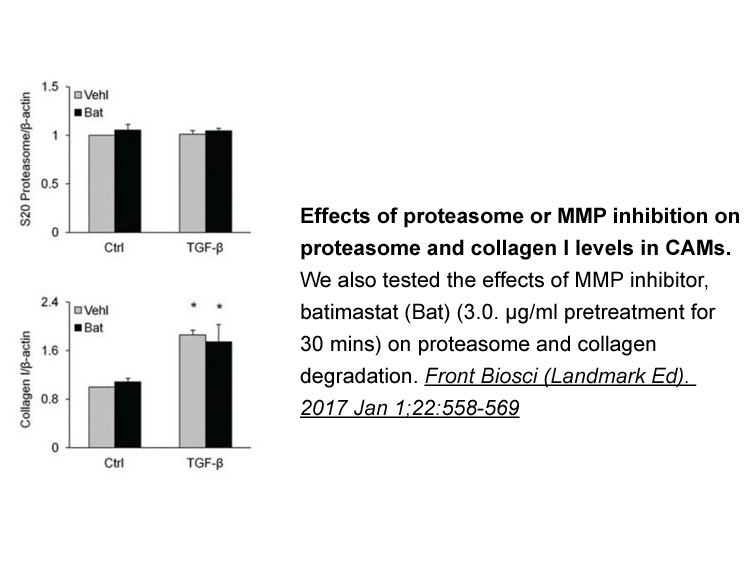
Through the analysis of various synthetic GPR40 agonists as reported in literature, we found that a number of these compounds contained a phenylpropanoic Betaine synthesis motif which was inspired from naturally occurring medium to long chain fatty acids. For instance, in the early period of discove
-
Glucose uptake a critical metabolic control
2022-03-11

Glucose uptake, a critical metabolic control point in glycolysis, is mediated by the GLUT (SLC2) family of integral membrane transporters (Mueckler and Thorens, 2013). GLUT1 (SLC2A1), one of the most well-studied members of the SLC2 family, exhibits a wide tissue distribution; cell surface expressio
-
The conversion of lactose to GOS by
2022-03-10
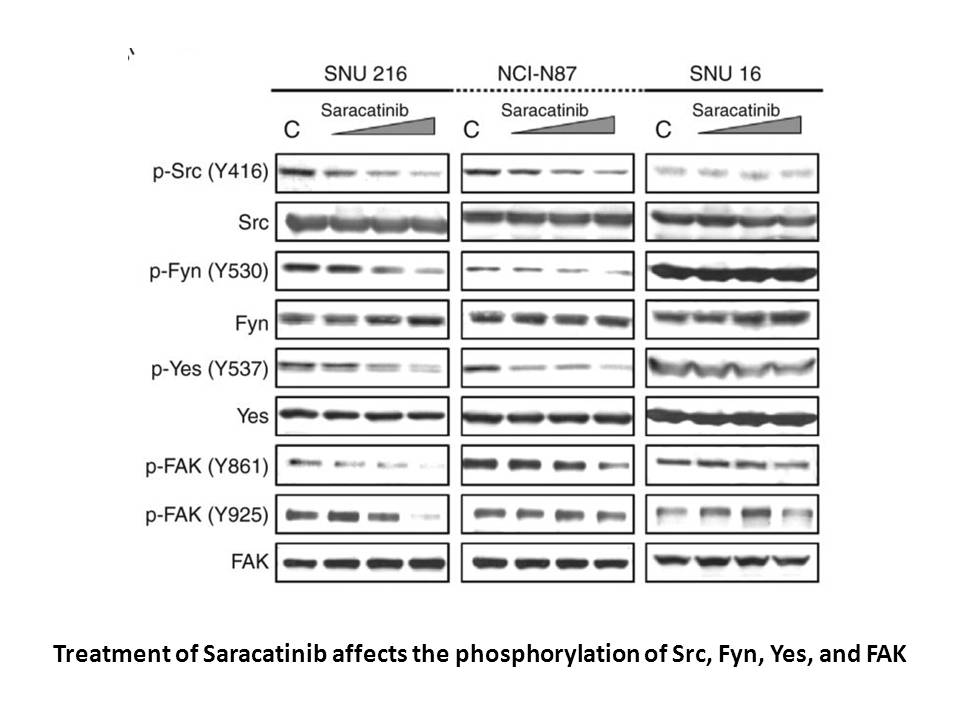
The conversion of lactose to GOS by β-gal involves the same transglycosylation mechanism used by most glycoside hydrolases (GHs). This mechanism (Fig. 1) involves an enzyme-bound intermediate and consists of two processes: glycosylation and deglycosylation (Adlercreutz, 2017). The glycosylation proc
-
br Materials and methods br Results and
2022-03-10
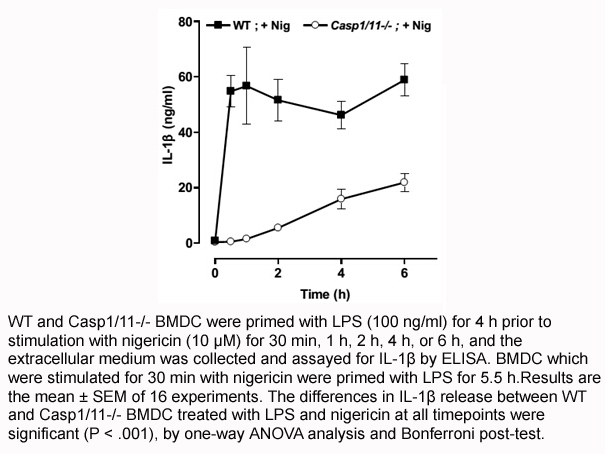
Materials and methods Results and discussion Conclusions Acknowledgments The authors are grateful to Dr. N. Prevete for providing the human AGS shCTR and AGS shFPR2 cells. This work was supported by POR Campania FSE 2007-2013 Project CREME and Ministry of Health, Italy, RF-2011-02349269.
-
br Ferroptosis modulators With the recognition that
2022-03-10
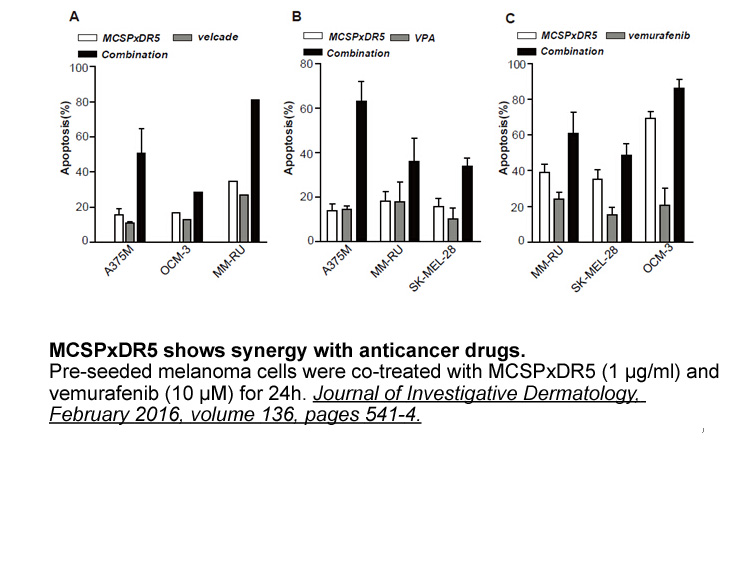
Ferroptosis modulators With the recognition that the small molecule erastin targets system xc- and thereby specifically triggers this form of death and that ferrostatin-1 prevents erastin-induced ferroptosis [2], it has become evident that ferroptosis is a druggable pathway with a number of tract
-
Over of all melanomas have activating
2022-03-10
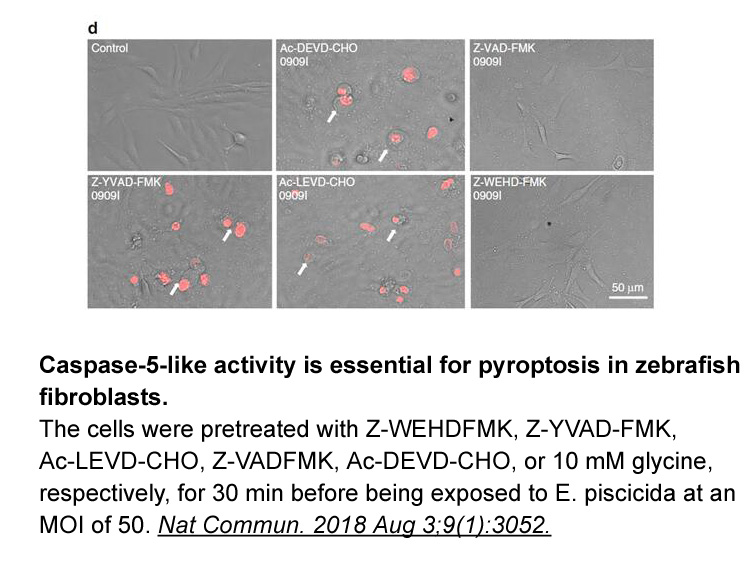
Over 50% of all melanomas have activating BRAF mutations [29] and inhibition of the Ras/Raf/MEK/ERK signaling pathways is one of the most promising treatments for malignant melanoma [30]. However, studies using BRAF inhibitors have identified various feedback mechanisms to activate BRAF pathway in m
-
transferases Introduction of a chloropyridine group onto the
2022-03-10

Introduction of a chloropyridine group onto the fluoro derivative (→) leads to a similarly potent compound that exhibits a lower /, and as was observed with (), was rapidly cleared. However, the high clearance of () did not prevent the increase in the concentrations of FAAs even as its plasma levels
-
The Jumonji JmjC domain containing KDM
2022-03-10

The Jumonji (JmjC) domain-containing KDM family members can be clustered into seven subfamilies (KDM2 – KDM8). The KDM2 cluster catalyzes H3K36me2/me1 demethylation; in addition, KDM2B/JHDM1B/FBXL10 has been suggested to catalyze demethylation of H3K4me3 [3]. Cell culture studies support that KDM2 p
-
There have been a few studies investigating the effects of
2022-03-10
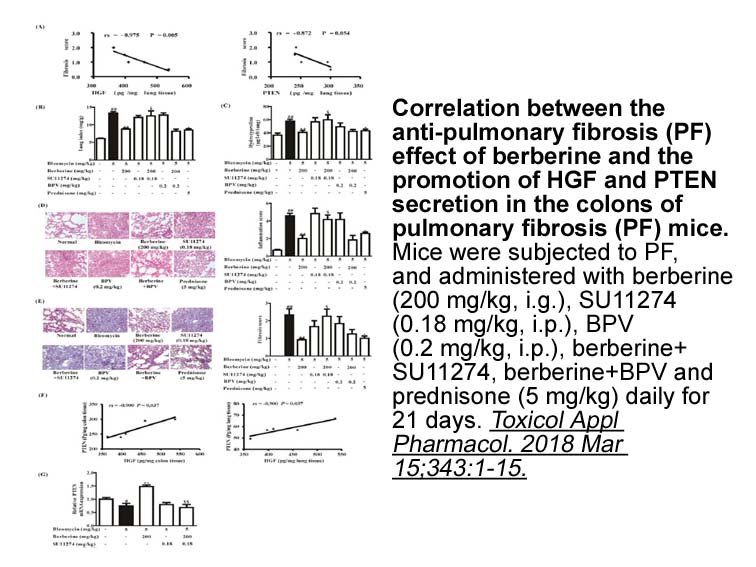
There have been a few studies investigating the effects of histamine on mast cells but the majority of these has been on rodent and cultured mast cells (Hofstra et al., 2003, Lippert et al., 2004, Jemima et al., 2014). How representative these systems are of primary human cells is a moot point since
-
In conclusion studies of the
2022-03-10
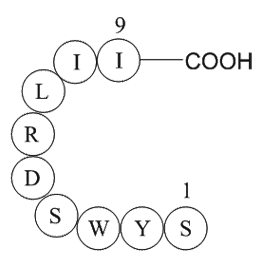
In conclusion, studies of the regulation of the HO-1/BVR/CO pathway by selective pharmacological approaches may lead to the discovery of novel compounds for the treatment of diverse diseases. Recent results validate the use of advances in targeting HO-1 in various vascular diseases. However, there a
-
Based on pharmacophore modeling a good HDAC inhibitor has at
2022-03-10

Based on pharmacophore modeling, a good HDAC inhibitor has at least three sides/regions: the attachment side of the Zn2+ cofactor/HDAC active site (Zn2+ binding group/ZBG), hydrophobic cap (CAP) and linker containing connecting unit (CU) with electronegative groups (Mohan et al., 2011, Rossi et al.,
-
In summary P P macrocyclization proved to
2022-03-10

In summary, P2-P4 macrocyclization proved to be an effective strategy to drive activity in this series of HCV NS3 protease inhibitors while microsomal stability was enhanced by the introduction of steric bulk along the tether. This modification augmented the previously-described tactic of improving
-
In this new therapeutic era nucleic
2022-03-10

In this new therapeutic era, nucleic APO866 receptor amplification tests (NAATs) remain critically useful. NAATs are recommended to detect HCV RNA in blood following initial serologic diagnosis of HCV infection, to distinguish between spontaneous resolution and progression to chronic infection [7].
-
trilithium Acknowledgements We appreciated the contributions
2022-03-10

Acknowledgements We appreciated the contributions of Ana Carolina Galha, Selma XSL Pinheiro and Islene Azevedo for technical assistances. In addition, we wish to thank Adilson José de Almeida (in memoriam), Moyra M Portilho, Vanessa A Marques and Letícia P Scalioni, for data analysis during the set
-
Following our initial observation of an unexpected increase
2022-03-10

Following our initial observation of an unexpected increase in the maximal rates of cGMP formation by NO-stimulated sGC in the presence of cytosolic PCA preparations [15], we attempted to purify, identify and characterize the responsible protein(s). The purification protocol described in the present
15361 records 468/1025 page Previous Next First page 上5页 466467468469470 下5页 Last page